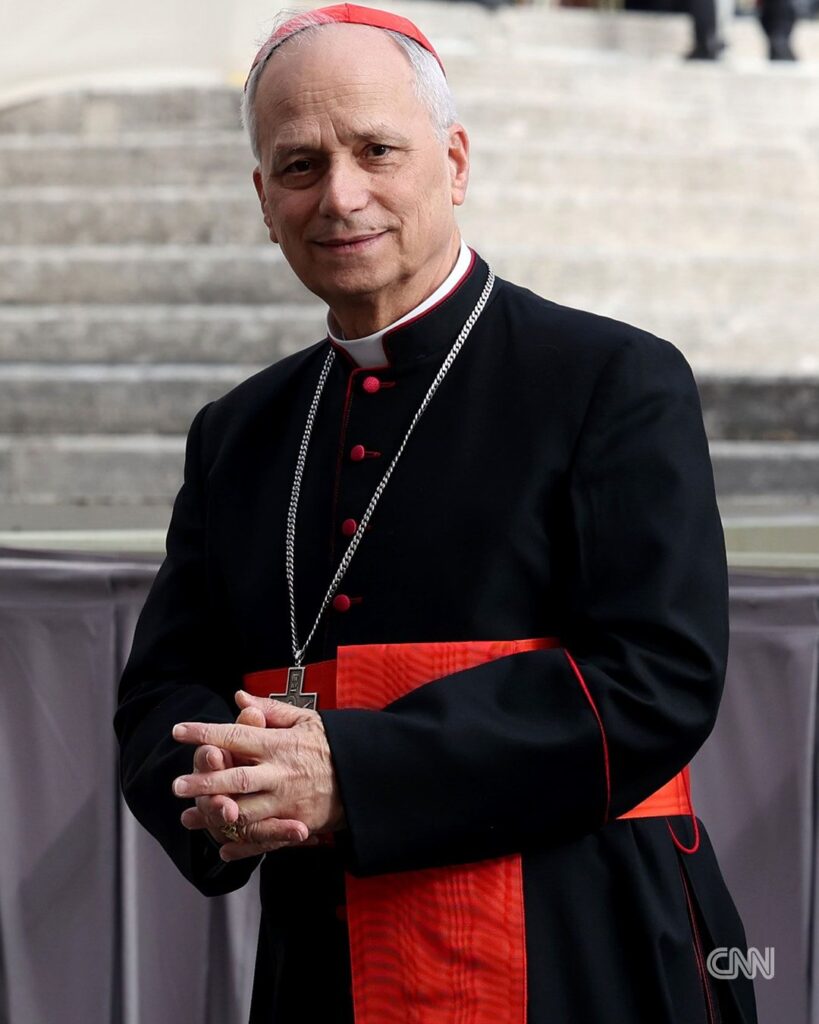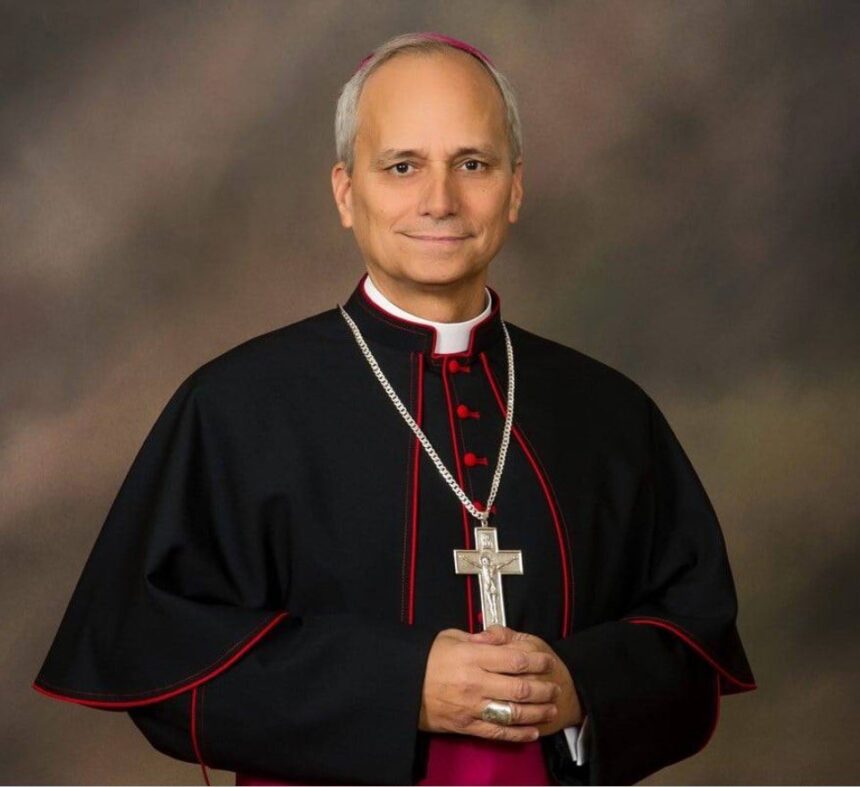In a historic decision that reverberated across the globe, Cardinal Robert Francis Prevost of the United States has been elected as the 268th Pope of the Roman Catholic Church. Taking the papal name Pope Leo XIV, he becomes the first American in the Church’s two-millennia history to ascend to the throne of St. Peter.
The white smoke billowed from the Sistine Chapel chimney, signaling the conclusion of the fourth ballot by the College of Cardinals and the successful election of the new Holy Father. A wave of emotion swept through the tens of thousands gathered in St. Peter’s Square, many of whom wept, cheered, and prayed as the announcement was made: “Habemus Papam.”
A Pope of Many Firsts

At 69 years old, Pope Leo XIV brings with him a unique blend of American roots and international pastoral experience. Born in Chicago and of Italian, French, and Spanish descent, Prevost has long served the Church with a deep commitment to missionary work and spiritual reform. A member of the Augustinian order, he spent many years in Peru, where he served as bishop and earned widespread respect for his humility, pastoral care, and advocacy for indigenous communities.
Prior to his election, he led the Vatican’s Dicastery for Bishops, one of the Church’s most influential roles. His reputation as a bridge-builder, administrative reformer, and man of deep personal faith positioned him as a compelling choice for the future of the Church.
A Message of Unity and Hope
In his first address from the iconic balcony of St. Peter’s Basilica, Pope Leo XIV emphasized themes of peace, dialogue, and compassion. He paid heartfelt tribute to his predecessor, Pope Francis, who passed away on April 21, 2025, after more than a decade of papal service that was marked by calls for mercy, ecological awareness, and global fraternity.
In a world divided by conflict and fear, let the Church be a light of hope and healing,” Pope Leo XIV proclaimed in Italian and Spanish, signaling his inclusive and multilingual leadership style. “We must listen to the cries of the poor, the vulnerable, and the planet. Let us walk forward together, not in fear, but in love.
The Significance of His Election
The election of a non-European pope is no longer unprecedented, but an American pope still marks a groundbreaking shift. It underscores the changing demographics of Catholicism, where growth is increasingly centered in the Global South and diaspora communities across the Americas.
This decision is also seen as a continuation of the path set by Pope Francis—a Church that is outward-looking, focused on social justice, and willing to confront internal reforms. Pope Leo XIV inherits not only a complex theological and geopolitical landscape but also pressing challenges such as clerical abuse scandals, declining vocations in the West, and the need for credible climate action.
Reactions Around the World
Leaders, both religious and political, responded with congratulations and hope. U.S. President issued a statement hailing the moment as a “profound testament to the global nature of faith,” while bishops across Latin America praised Leo XIV’s missionary background and cultural sensitivity.
On social media, the hashtag #PopeLeoXIV trended globally within hours. Many American Catholics expressed pride and excitement, while others emphasized the need for the new pope to address real structural reforms and listen closely to lay voices—particularly women and marginalized communities.
Also Read: VeryDarkMan Arrested by EFCC: What We Know So Far
What’s Next for Pope Leo XIV?
The coming days will set the tone for Leo XIV’s papacy. Eyes will be on his early appointments, his choice of collaborators, and any initial signals of doctrinal or disciplinary priorities. Will he continue the synodal path of open dialogue? Will he reshape the Roman Curia further? And how will he engage with the secular world?
Regardless of the answers, one thing is clear: the election of Pope Leo XIV marks a new chapter in Catholic history, rooted in global outreach, missionary zeal, and the hopes of a Church ready to meet the 21st century head-on.




